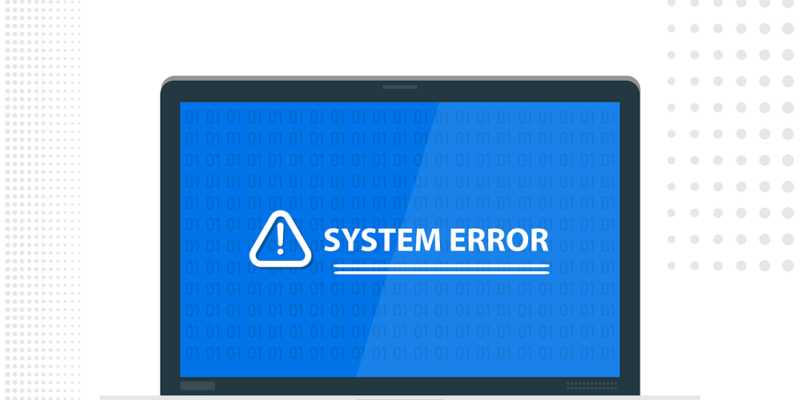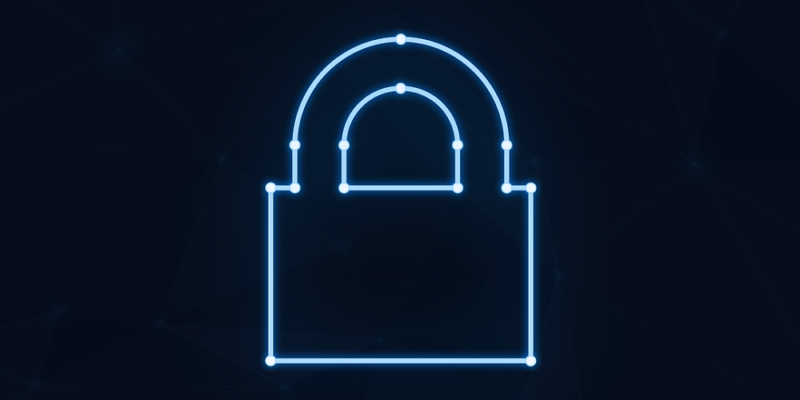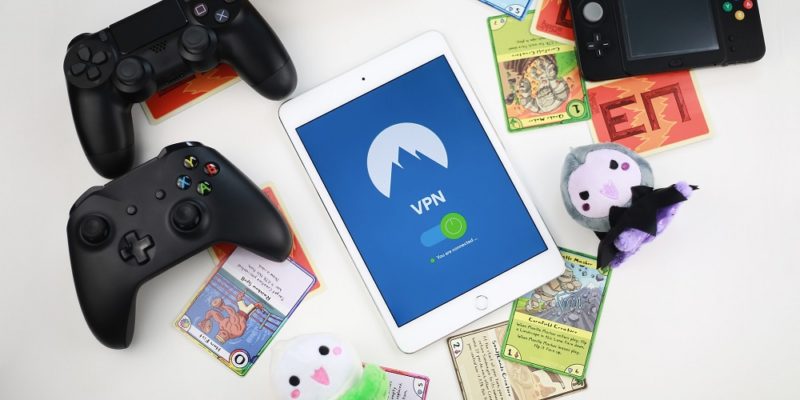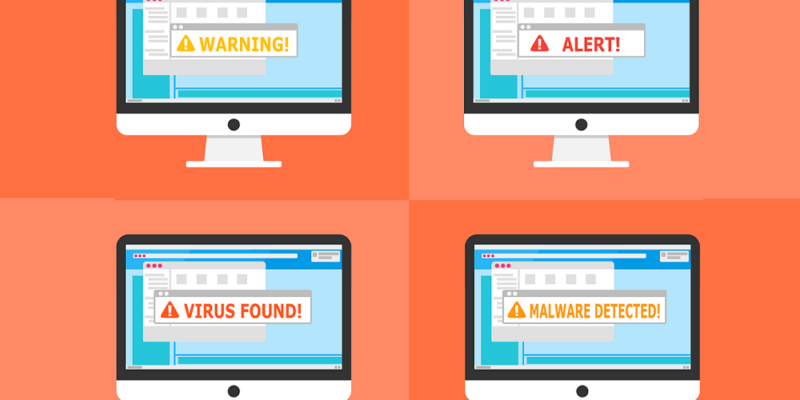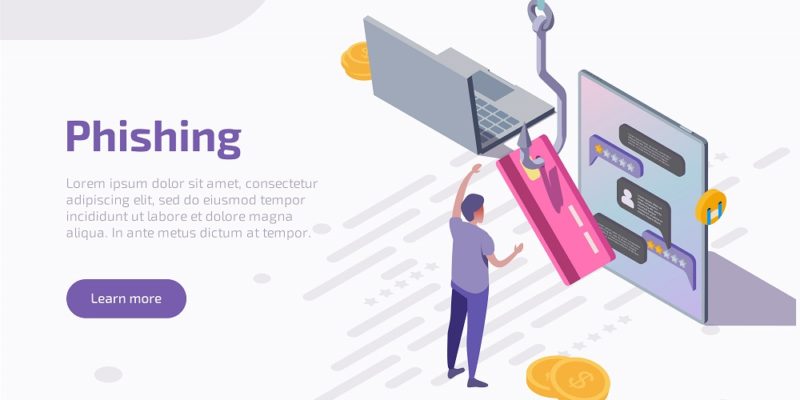 When Threat Research Goes Wrong: Spectacular Screwups and What to Learn from Them
When Threat Research Goes Wrong: Spectacular Screwups and What to Learn from Them
Threat researchers on the cutting edge of cybersecurity have a certain kind of drive — almost a relentless need — to get into the attacker’s mind, solve the “unsolvable” challenge and expose emerging attack techniques. So, it’s not every day these elite researchers come together to share the secrets to their success, and it’s even…

